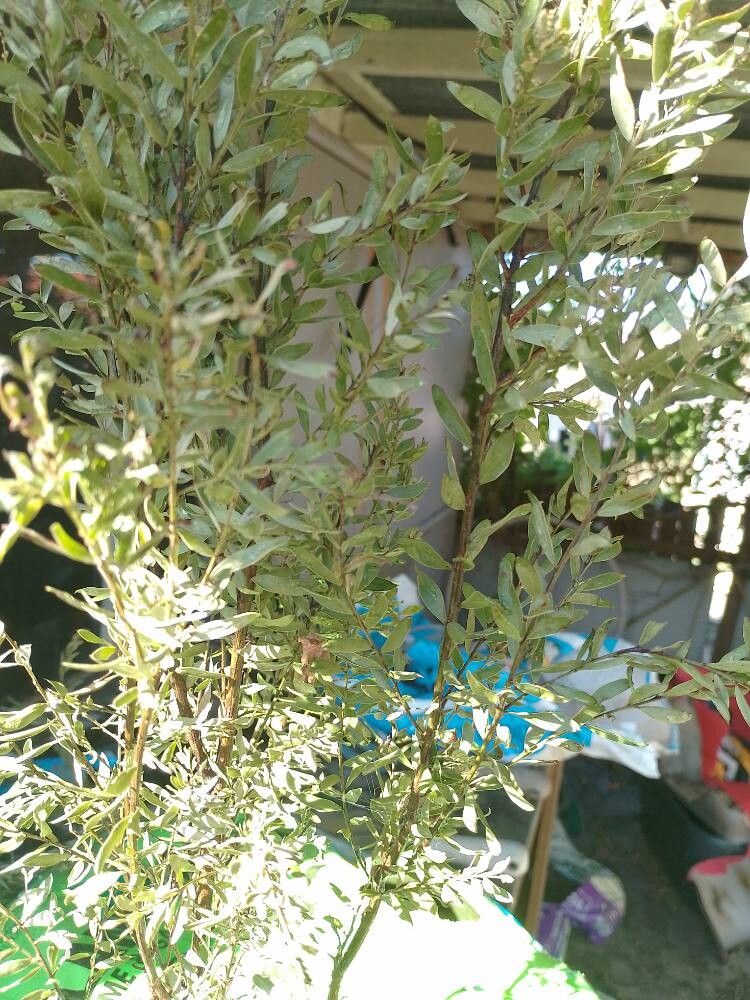Propagating the Weeping Myall: A Guide to Growing Acacia fimbriata
Introduction:
Acacia fimbriata, commonly known as the Weeping Myall, is a graceful, small to medium-sized tree prized for its weeping habit, delicate foliage, and fragrant, yellow flowers. Its adaptability to a range of conditions and relatively low maintenance requirements contribute to its popularity among gardeners, particularly in Australia and other regions with similar climates. However, propagating Acacia fimbriata presents certain challenges, making successful cultivation a rewarding experience. Unlike some Acacias, which readily self-seed, propagation methods for Acacia fimbriata require a little more finesse.
Seed Germination:
Seed germination is a viable, albeit challenging, method for propagating Acacia fimbriata. The primary challenge lies in the hard seed coat, which inhibits water uptake and germination. Scarification is crucial to overcoming this. This can be achieved by nicking the seed coat with a file or sandpaper, or by soaking the seeds in boiling water for a short period (around 1 minute) followed by a 24-hour soak in warm water. This weakens the seed coat, allowing water penetration.
Practical Tips: After scarification, sow seeds in a well-draining seed-raising mix, barely covering them with soil. Maintain consistent moisture but avoid overwatering, which can lead to fungal diseases. Germination can take several weeks to months. Warm temperatures (20-25°C) will promote faster germination.
Rewards: Seed propagation offers the advantage of genetic diversity, providing a broader range of plant characteristics. It’s also a cost-effective method suitable for large-scale propagation.
Cuttings:
Cuttings are another possible propagation method for Acacia fimbriata, but success rates are variable and require careful technique.
Challenges: Hardwood cuttings taken in late autumn or winter have a slightly higher chance of success than softwood cuttings. However, even with optimal conditions, rooting can be slow and inconsistent.
Practical Tips: Use a rooting hormone and plant cuttings in a well-draining medium, ensuring good moisture retention without waterlogging. High humidity and bottom heat can improve rooting success. Keep cuttings protected from direct sunlight.
Rewards: Cuttings offer a faster path to a mature plant compared to seed propagation, preserving the characteristics of the parent plant.
Division:
Division is not a suitable method for propagating Acacia fimbriata. The plant’s root system does not lend itself to being easily divided, and attempts to do so would likely damage the plant severely.
Tissue Culture:
Tissue culture is a potentially effective method for Acacia fimbriata propagation, especially for large-scale production or the conservation of specific genotypes. However, it requires specialized equipment, knowledge, and clean laboratory conditions.
Challenges: Establishing aseptic conditions and finding the optimal growth medium and hormonal balance are vital for success. This method requires significant investment and expertise.
Practical Tips: This method requires specialized training and equipment, making it unsuitable for the average home gardener.
Rewards: Tissue culture allows for rapid and large-scale propagation of genetically identical plants, ensuring the preservation of desirable traits.
Conclusion:
Propagating Acacia fimbriata presents distinct challenges depending on the chosen method. While seed germination offers the benefits of genetic diversity, it requires patience and careful attention to seed scarification. Cuttings offer a faster route but have variable success rates. Division is not recommended, and tissue culture remains a viable option only for those with specialized knowledge and resources. The inherent difficulties, however, contribute to the satisfaction of successfully cultivating this beautiful Weeping Myall. The persistence required to overcome the propagation hurdles is amply rewarded by the elegance and fragrance this tree brings to the garden, making it a truly worthwhile endeavor for the dedicated plant enthusiast. Remember to always research the specific needs of your local environment and adjust your propagation techniques accordingly.

